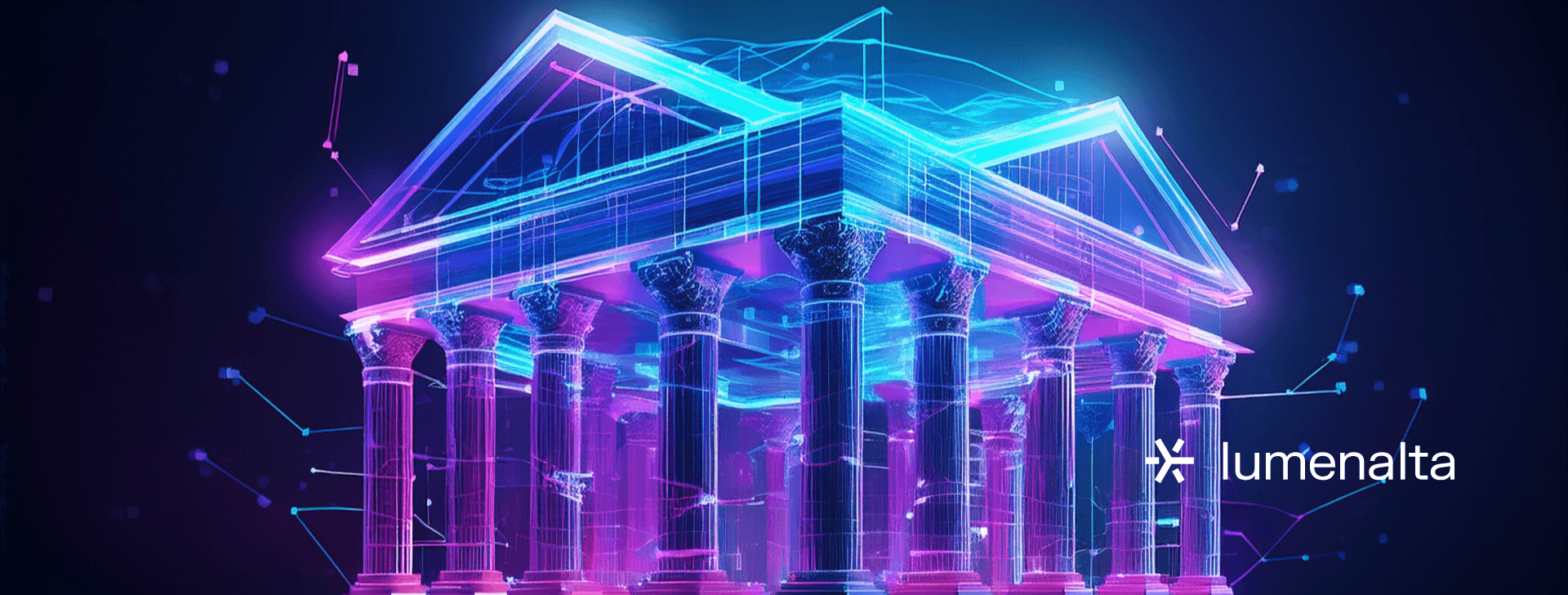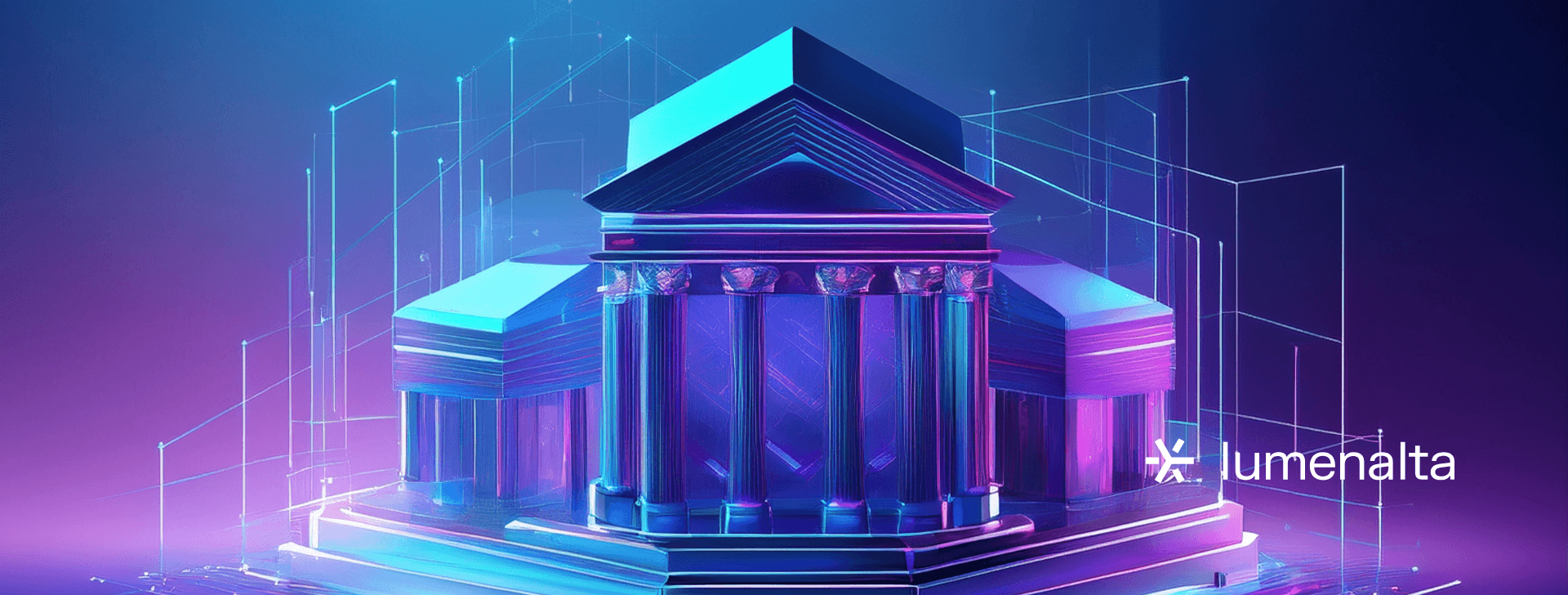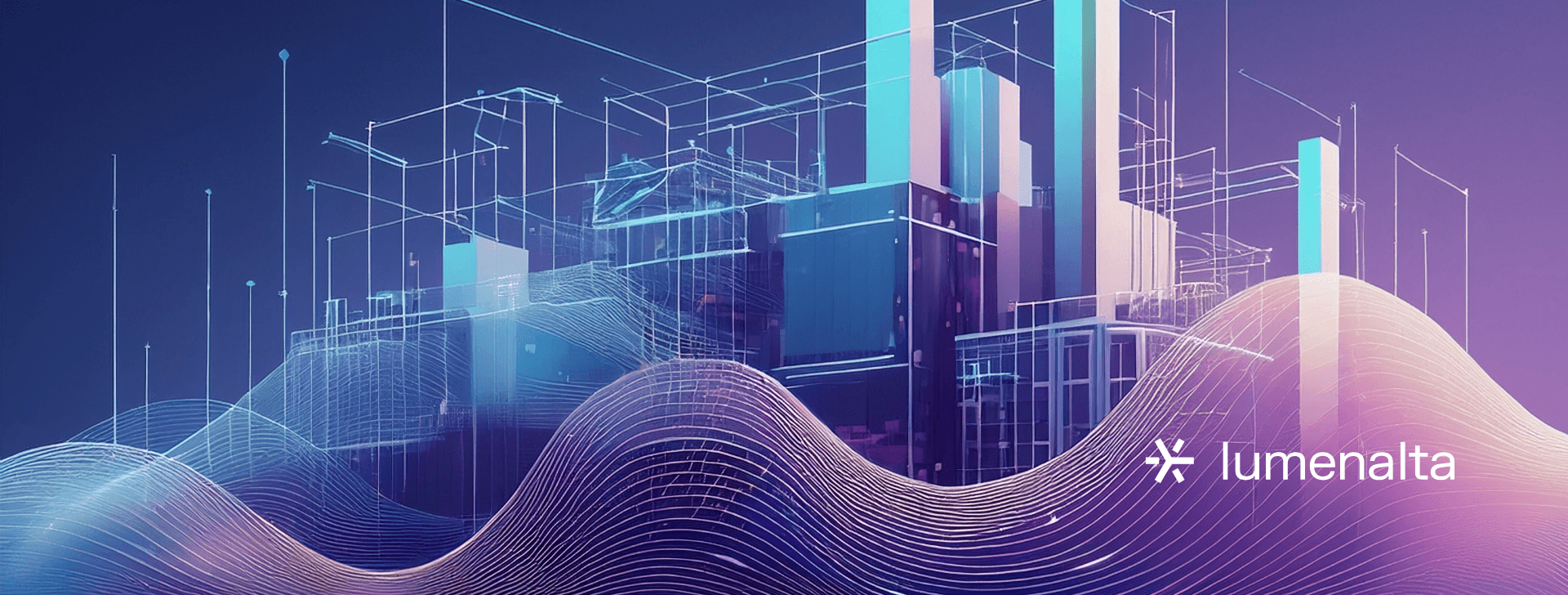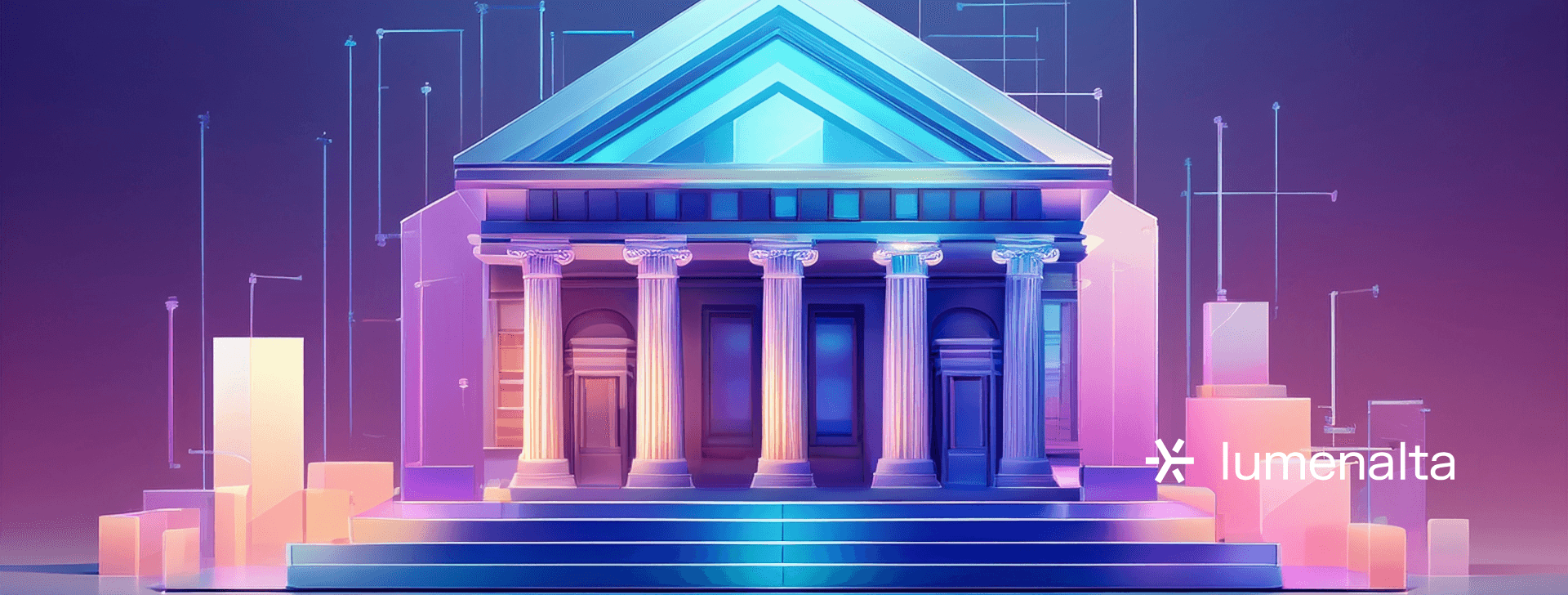

Modernizing core banking data without a full core replacement
MAY. 29, 2025
4 Min Read
Banks face a tough dilemma: their aging core systems hold them back, yet ripping out a core platform is a costly gamble few can justify.
A full core banking replacement often becomes a multi-year project costing hundreds of millions of dollars. Leadership teams understandably hesitate to take that gamble, even as 95% of mid-market banks are dissatisfied with their core’s capabilities. These institutions struggle to launch new digital products or get timely insights.
Key takeaways
- 1. Mid-market banks often find full core replacements prohibitively expensive, risky, and slow, prompting them to seek alternatives.
- 2. Modernizing the data layer around a legacy core unlocks real-time information and agility without disrupting the core’s daily operations.
- 3. An API and data-centric approach allows banks to launch new digital products, personalized services, and analytics capabilities in weeks rather than years.
- 4. Incremental “quick win” projects (like real-time dashboards or automated processes) deliver immediate value and build stakeholder confidence for further modernization.
- 5. A data-first, progressive modernization strategy reduces operational risk and ensures each investment yields a return, avoiding the all-or-nothing gamble of a big core overhaul.
Instead of betting everything on a risky core overhaul, CIOs are exploring a pragmatic alternative. Modernizing the data architecture around the existing core helps banks unlock speed, real-time insights, and AI readiness without disrupting daily operations. This data-first strategy emphasizes quick wins and incremental improvements, allowing mid-market banks to advance digitally while sidestepping the massive cost and risk of a “rip-and-replace.”
“Mid-sized banks face a tough dilemma: their aging core systems hold them back, yet ripping out a core platform is a costly gamble few can justify.”
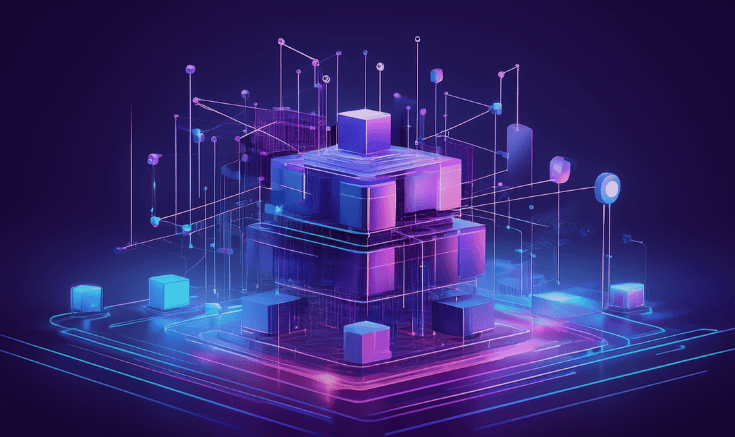
Full core replacement is a high-cost, high-risk gamble for mid‑market banks
Replacing a core banking system is often compared to open-heart surgery (an invasive operation where everything can change in an instant). For many regional and mid-market banks, such an overhaul simply presents too much risk and expense. Decisions to replace core platforms are frequently deferred thanks to the high cost, lengthy delivery timelines, and the danger of disrupting customer services. A full conversion can take years and cost many millions to complete, and by the time it’s done, the technology could already be behind the curve.
On top of that, big-bang core projects have a track record of budget overruns and delays. Bank executives remember past IT initiatives that spiraled beyond projections, making them cautious about another massive undertaking. Nearly half of legacy system replacement projects end up exceeding their budgets. The core platform touches nearly every facet of a bank’s operations; any hiccup during a replacement could interrupt transactions or degrade the customer experience. With so much at stake, it’s no surprise that many mid-sized banks keep postponing core replacement in search of a safer path forward.
At the same time, standing still carries its own risks. Upstart fintechs and agile digital banks aren’t burdened by decades-old core systems, so they can introduce new features or personalized services at breakneck speed. Customer expectations are rising accordingly, and regulatory requirements for timely reporting are growing more complex. Sticking with the status quo can mean falling behind more digitally savvy rivals and missing opportunities. Banks continuing to rely on legacy tech often spend 60–80% of their IT budgets just to keep those old systems running, draining resources that could be invested in innovation. The pressure is on to modernize, but the challenge is doing it in a way that doesn’t endanger daily operations or finances.
Modernizing the data architecture unlocks speed, insights, and AI readiness
A pragmatic modernization path focuses on liberating data from the core rather than replacing it. Overlaying legacy systems with modern data solutions (like real-time data streaming and an API layer) enables banks to extract and unify information without disturbing the core’s daily processing. The core remains a stable system-of-record, while a flexible digital layer on top handles new interactions, analytics, and products. This allows the institution to move faster and respond more effectively.
Accelerating speed to market with APIs and agility
Modernization often starts with an API “wrapper” around the core. Instead of waiting months for core software changes, banks expose key functions (such as account data or payments) through APIs. Internal teams and fintech partners can then build new customer features without altering core code. The impact on speed to market is dramatic. New digital products or mobile app features roll out in weeks rather than years. This API-based approach lets mid-market banks experiment and iterate quickly. With legacy bottlenecks bypassed, these institutions become much nimbler players in digital finance.
Unified data for real-time insights and decisions
Legacy cores rely on overnight batch processing, so business intelligence often arrives a day late. Modernizing the data layer changes this dynamic. Streaming data pipelines and cloud data warehouses continuously aggregate information from across the bank. Executives and teams gain a live view of key metrics, from transaction volumes to customer behavior, so they can make informed decisions on the fly. Breaking down data silos yields major benefits: only about 31% of companies today use their customer and operational data effectively for innovation, meaning most firms are missing insights. A unified data foundation lets advanced analytics and AI models run on complete, up-to-the-minute datasets, revealing opportunities (like personalized offers or risk flags) that legacy reports would miss. The bank shifts from reactive reporting to a proactive, data-informed strategy.
Laying the groundwork for AI innovation
A modern data architecture also prepares the bank for artificial intelligence. AI and machine learning depend on abundant, well-organized data. By moving data out of siloed core files into cloud-ready platforms, the bank establishes the foundation that AI initiatives need. It becomes feasible to introduce AI-based services, such as automated loan approvals or predictive fraud detection, incrementally, without waiting for a core overhaul. This data-first groundwork ensures that when the organization is ready to deploy AI solutions at scale, it already has the high-quality data streams and flexible infrastructure to support them. The bank can embrace AI and advanced analytics while its core system remains stable in the background.

Incremental modernization delivers quick wins that build momentum
Starting small doesn’t mean waiting long for results. A data-first, progressive upgrade approach allows banks to realize measurable business improvements early in the journey. These outcomes validate the strategy and help build internal alignment across IT and business stakeholders.
- Real-time dashboards: A unified data layer feeds up-to-the-minute dashboards for leadership, improving decisions with current insights.
- Faster product launches: API integrations let new digital products and features roll out in weeks, meeting customer expectations.
- Automated workflows: Modern data platforms support automating routine processes (like loan underwriting or fraud checks), cutting manual effort and errors.
- Personalized services: A consolidated view of customer data allows tailored product recommendations and offers, boosting engagement and satisfaction.
- Streamlined compliance: Integrated reporting means regulators and auditors get accurate information whenever needed, easing the burden of audits.
Each success reinforces the case for modernization and inspires broader participation across the organization. Real operational benefits help shift modernization from a theoretical plan to a proven growth accelerator. This momentum helps CIOs sustain funding, stakeholder buy-in, and long-term impact.
“Starting small doesn’t mean waiting long for results.”
Want to learn how you can bring more transparency and trust to your operations?
Data-first upgrades minimize risk and maximize ROI
Adopting a data-first approach allows mid-market banks to modernize in a controlled, low-risk way. Because the core system remains untouched, new solutions can be introduced with minimal disruption to operations or customers. Enhancements such as data pipelines, real-time dashboards, and automation tools integrate alongside the legacy core rather than replacing it. This reduces the likelihood of service interruptions and keeps teams focused on delivering outcomes instead of managing complex migrations.
Each upgrade phase is scoped for clear, measurable value. Whether reducing manual processing, accelerating time to market, or improving compliance reporting, every investment is tied to a business benefit. These early returns help validate the approach, secure stakeholder support, and build internal confidence. Over time, small gains stack into significant improvements, all without the financial exposure or operational risk of a full core overhaul.

Lumenalta’s data-first modernization approach for mid‑market banks
Building on the momentum created by early modernization efforts, mid-market banks need a trusted partner who understands how to extend those wins without increasing complexity or risk. A data-first strategy demands architectural clarity, stakeholder alignment, and disciplined execution. This is especially important for institutions balancing legacy infrastructure with the pressure to deliver measurable innovation. The right approach ensures each step forward integrates smoothly with what is already working while setting the stage for AI, automation, and improved customer experiences.
Lumenalta works with CIOs to identify where data can be unlocked and monetized first, layering in modern cloud capabilities, API interfaces, and AI-ready pipelines that do not interrupt core operations. Each phase is designed for speed to value, measurable ROI, and minimal disruption. With a co-creation model and business-first lens, we help banks modernize with purpose, one outcome at a time.
Table of contents
- Full core replacement is a high-cost, high-risk gamble for mid‑market banks
- Modernizing the data architecture unlocks speed, insights, and AI readiness
- Incremental modernization delivers quick wins that build momentum
- Data-first upgrades minimize risk and maximize ROI
- Lumenalta’s data-first modernization approach for mid‑market banks
- Common questions
Common questions
How can I modernize core banking systems without replacing my core?
What quick wins can a data-first core modernization deliver for my bank?
How does a data layer help my legacy core banking system?
What is a progressive core migration strategy for my bank?
How can APIs help modernize my core banking platform?
Want to learn how you can bring more transparency and trust to your operations?

